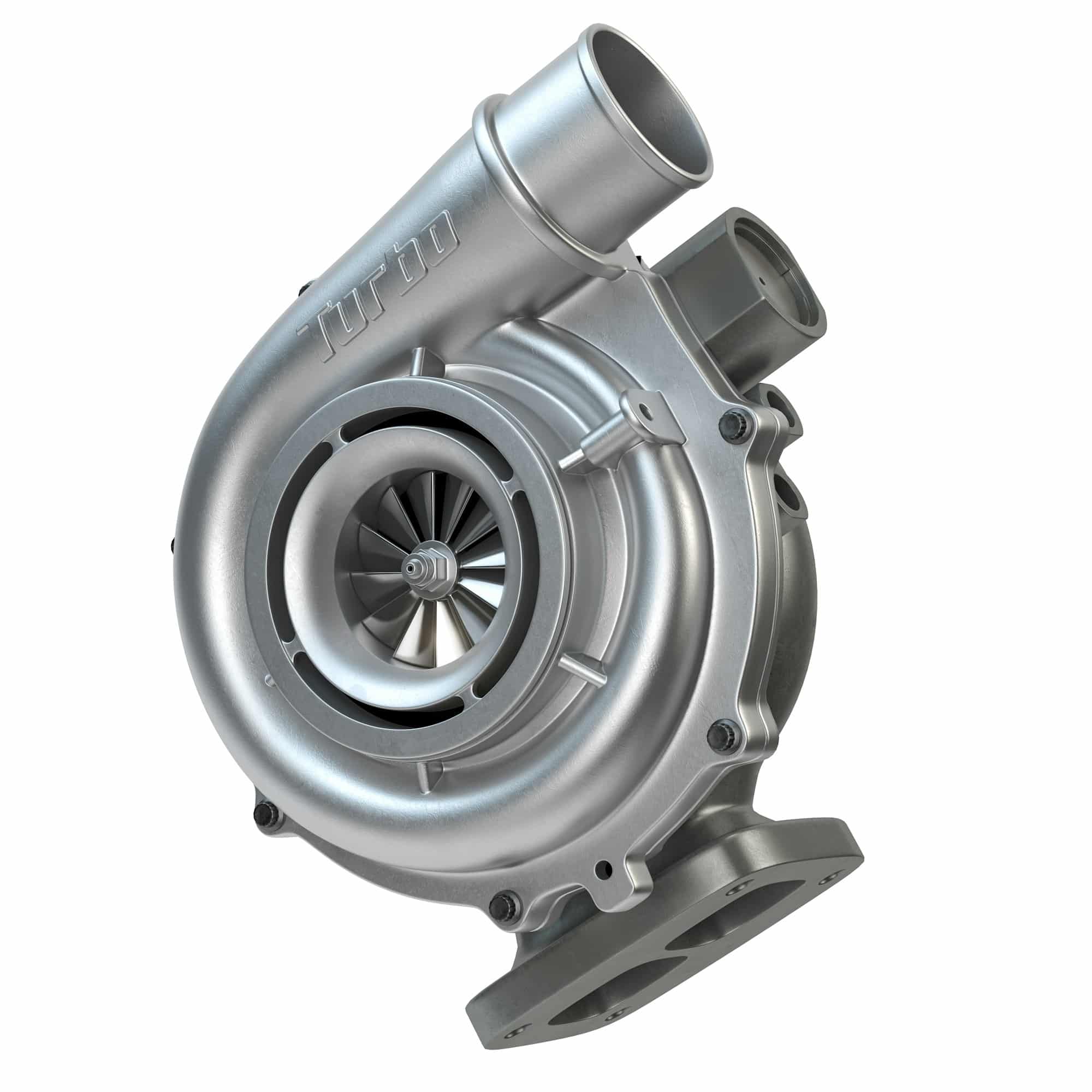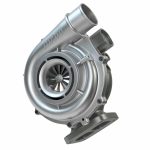As car enthusiasts or experienced DIY-ers, retrofitting a turbocharger in a UK-made family hatchback can be a challenging yet rewarding task. It’s a way to boost the performance of your car without having to invest in a brand-new, high-performance vehicle. This article will guide you through the exact steps you need to take, to successfully retrofit a turbocharger in a UK-made family hatchback.
Understanding the Basics of a Turbocharger Retrofit
Before diving headfirst into the retrofitting process, it’s critical to understand what a turbocharger is and how it works. In the simplest terms, a turbocharger is a device that increases an engine’s power output by forcing extra air into the combustion chamber.
Also read : Essential Tips for Safely Storing Your UK Car During the Winter Months
Retrofitting a turbocharger involves installing it into a vehicle that did not previously have one. This process can be complex and requires in-depth knowledge and understanding of car engines. However, with a step-by-step guide and careful attention, the task becomes manageable and even enjoyable.
Why Retrofit a Turbocharger?
Also to discover : What is the recommended method for cleaning and preserving the soft top of a British roadster?
The primary reason to retrofit a turbocharger is to enhance your vehicle’s performance. A turbocharger can significantly increase the horsepower of your vehicle, making it faster and more powerful. This can be particularly desirable for those who enjoy high-speed driving or who participate in any form of competitive driving.
Choosing the Right Turbocharger
Before you begin the retrofitting process, you must choose the right turbocharger for your vehicle. Considerations include the size of the turbocharger, the vehicle’s engine specifications and the turbocharger’s compatibility with the engine. Remember, a larger turbocharger doesn’t necessarily mean better performance. The wrong size can lead to turbo lag, a delay in power output when you press the accelerator.
Choosing a turbocharger isn’t just about size. It’s also about the turbocharger’s specifications. For example, the turbocharger’s maximum revolutions per minute (RPM) should be compatible with the car’s engine RPM. Additionally, the turbocharger should match the fuel and exhaust flow rates of your engine.
Acquiring the Necessary Tools and Equipment
The retrofitting process requires specific tools and equipment. These include wrenches, sockets, a ratchet set, pliers, a torque wrench, and an engine hoist. Safety equipment, such as gloves and protective eyewear, is also integral to ensure you can carry out the process safely.
Installing the Turbocharger
After choosing the right turbocharger and gathering all the necessary tools and equipment, you can now begin the installation process. This is a meticulous procedure and needs to be done carefully and correctly to ensure the turbocharger works efficiently and safely.
First, you need to remove the existing exhaust system, including the exhaust manifold, from your engine. Next, you’ll need to install the turbocharger to the engine. This involves securing it in place and connecting it to the intake and exhaust system.
Once the turbocharger is in place, you’ll need to connect the oil lines. The turbocharger requires an oil supply to lubricate its moving parts and keep it cool, so it’s crucial that these lines are connected properly to avoid any leaks or damage.
Fine-Tuning and Testing the Turbocharger
After the turbocharger is installed, you’ll need to fine-tune it to work optimally with your engine. This includes adjusting the waste gate to control the boost pressure. It’s recommended to start with a low-pressure setting and gradually increase it while monitoring the engine’s performance.
The final step of the retrofitting process is testing the turbocharger. This involves running the engine and checking for any leaks or malfunctions. If the engine runs smoothly and the turbocharger operates as expected, the retrofitting process is considered a success.
Maintaining the Retrofit Turbocharger
After successfully retrofitting a turbocharger, it’s essential to maintain it properly to ensure it continues to perform at its best. Regular oil changes are crucial, as the turbocharger relies on oil for lubrication and cooling. It’s also important to regularly check the turbocharger for any potential issues, including leaks, wear and tear, and damage.
Retrofitting a turbocharger in a UK-made family hatchback can significantly enhance its performance. It’s a complex process, but with the right knowledge, tools, and patience, it is a rewarding project that can transform your driving experience. Remember, the key is to understand the process, choose the right turbocharger, install it correctly, and maintain it well. This will ensure your turbocharged vehicle runs smoothly and efficiently for years to come.
Understanding the Technicalities of the Retrofitting Process
As you gear up to retrofit a turbocharger into your UK-made family hatchback, it is crucial to delve into the technicalities of the process. One of the key aspects to consider when retrofitting a turbocharger is whether your hatchback comes with a front wheel drive or a all wheel drive. This can potentially affect the dynamics of how your vehicle responds post retrofitting.
To begin with, you need to understand the trim levels of your car. This refers to the different versions of a car model, each with a different combination of features. Knowing this will help you choose the right turbocharger model that matches your car’s specifications.
In terms of fuel economy, retrofitting a turbocharger can improve your vehicle’s efficiency by reducing fuel consumption at low engine speeds, while offering more power when needed. This is particularly beneficial if you regularly undertake long drives.
The type of transmission in your car, whether it’s a manual transmission or an automatic, also plays a role in the retrofitting process. Manual transmission cars often offer better control when driving at high speeds, enhancing the overall performance post retrofitting.
The Future Aspects of Retrofitting in the UK
The retrofitting scene in the UK has seen a steady growth over the years, with more and more car enthusiasts choosing to retrofit turbochargers to boost the performance of their family hatchbacks. Given the popularity of certain models like the Honda Civic and the Euro miles hatchbacks, these have often been the go-to choices for retrofitting.
The model year of your hatchback also plays a significant role in the retrofitting process. For instance, older models might require more modifications and adjustments as compared to newer models, which are often designed with turbochargers in mind.
Moreover, the process of retrofitting is not just limited to family hatchbacks. The popularity of retrofitting has also extended to sports cars and sedans, further expanding the scope of this practice.
Conclusion
Retrofitting a turbocharger in a UK made family hatchback is an intricate process, but the payoff of this process is an elevated driving experience with a significant boost in your vehicle’s power output and fuel efficiency. Always remember to understand your car’s specifics such as the wheel drive, trim levels, and transmission type along with the turbocharger’s specifications to ensure a perfect match.
Further, the practice of retrofitting has seen a steady growth in the UK, and it’s only set to increase as more and more people are seeking high performance from their vehicles. Whether you own an older model or one of the best-selling hatchbacks in the market, retrofitting a turbocharger can transform your car into a powerful machine. However, the key to a successful retrofit lies in the meticulous process of installation and regular maintenance to ensure optimum performance. So buckle up, and enjoy the power-packed ride of your turbocharged vehicle.
















